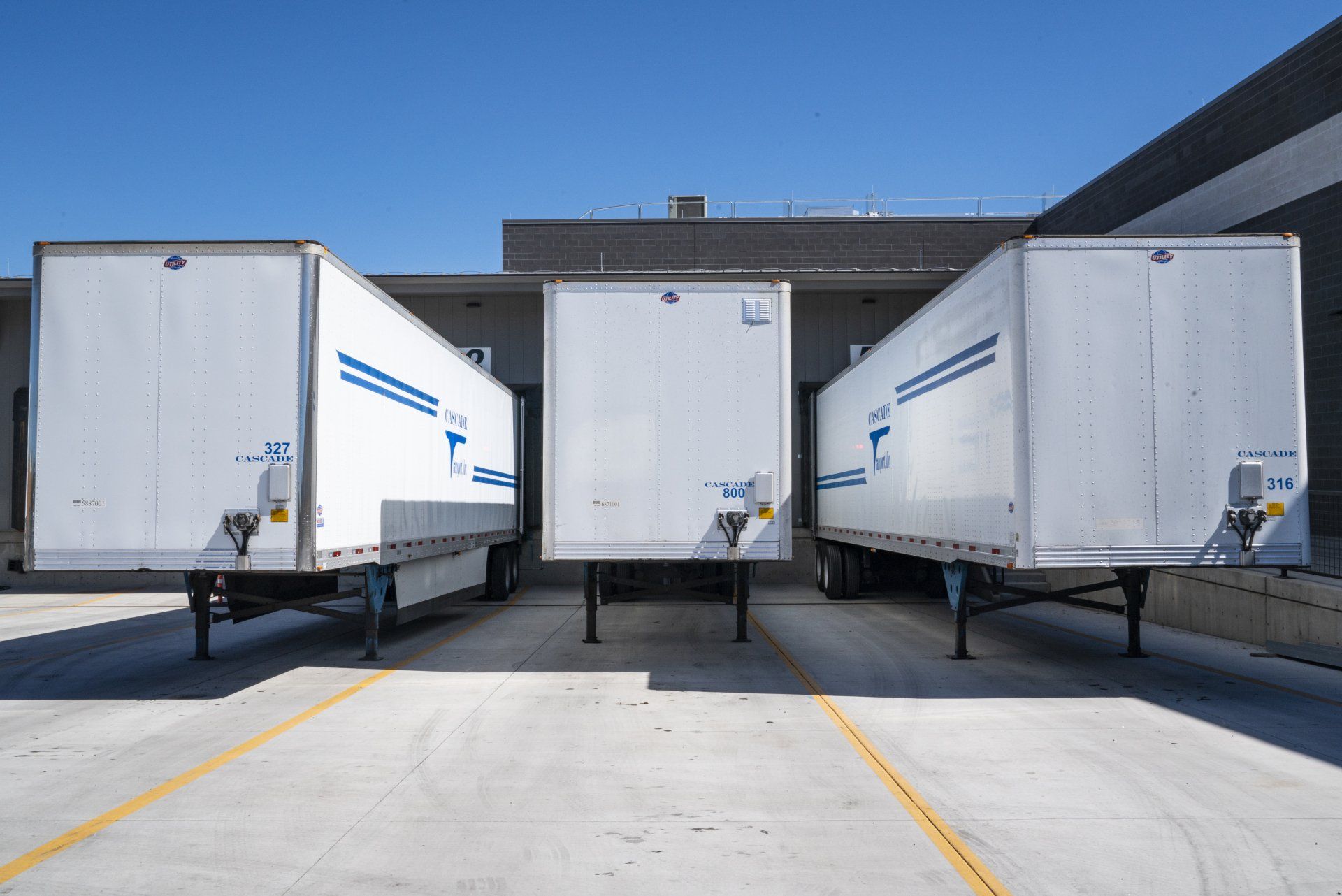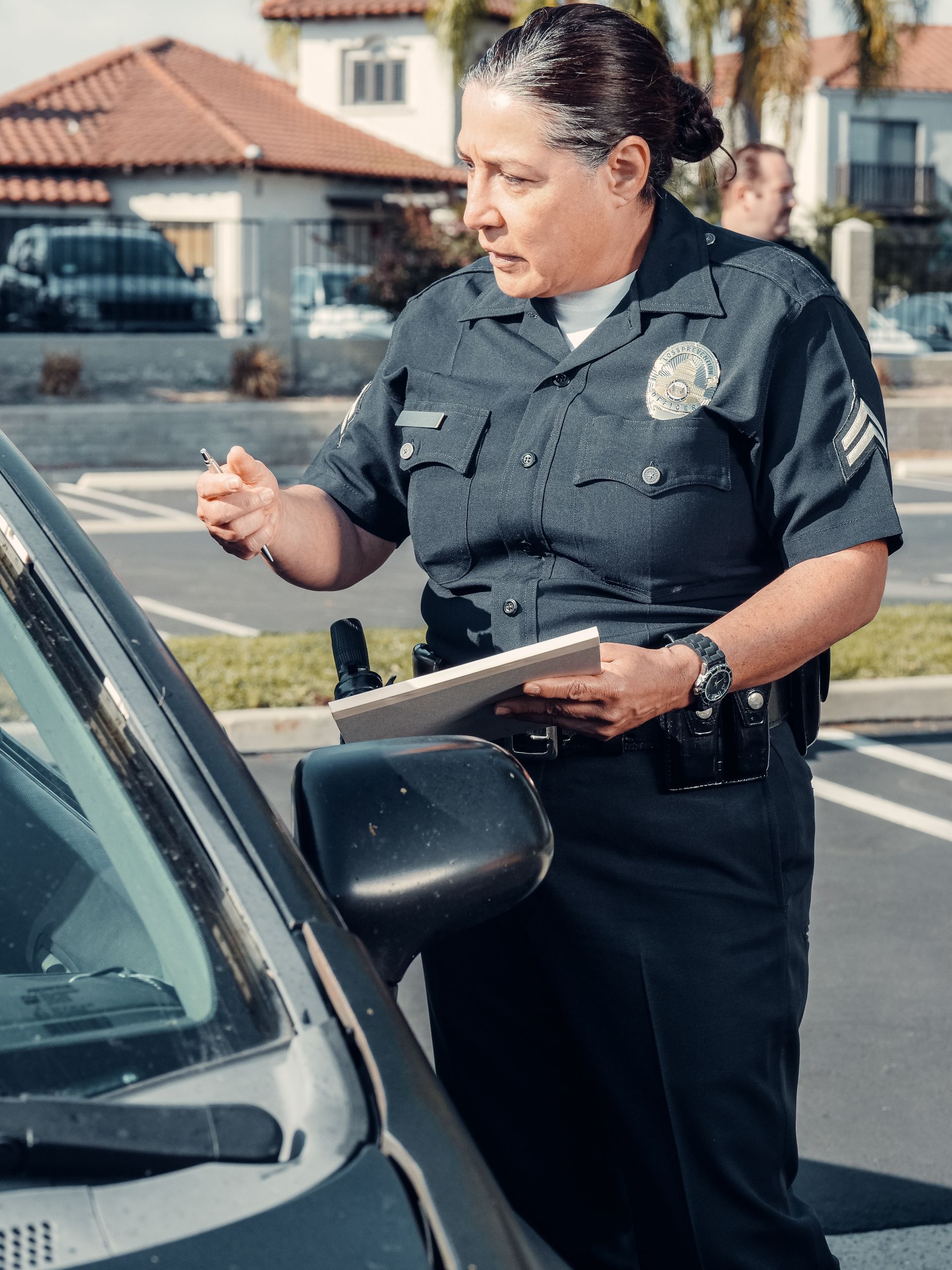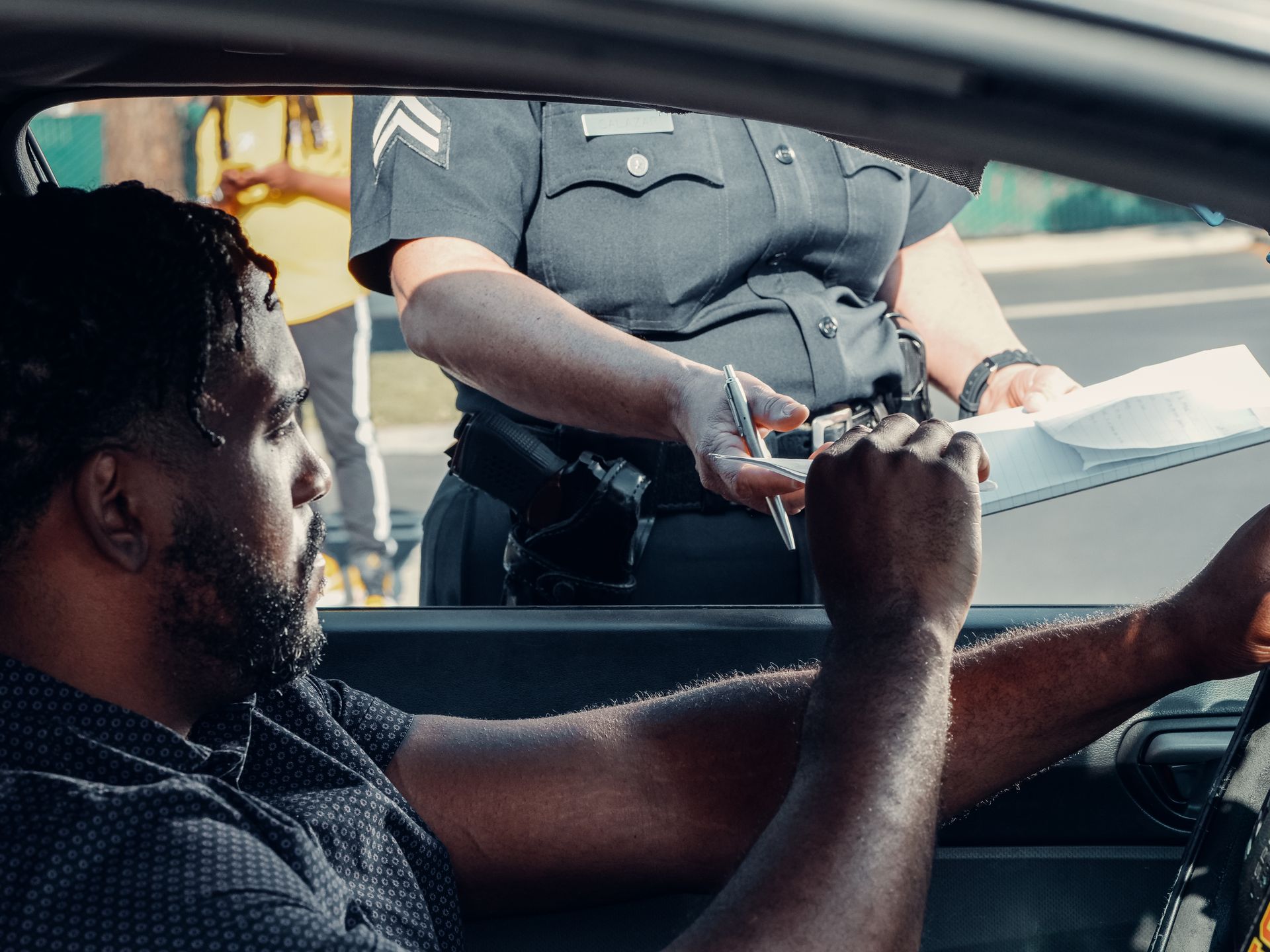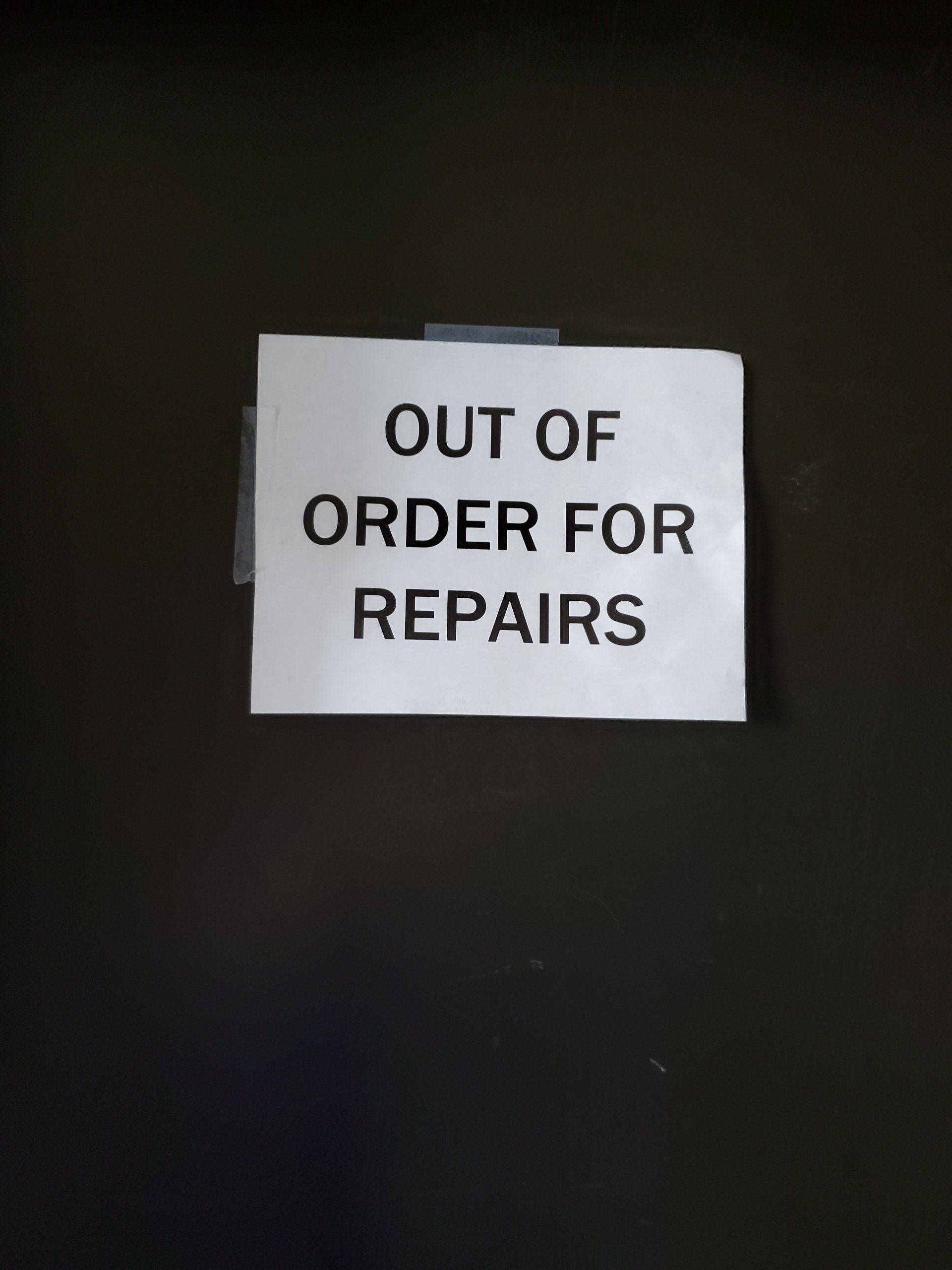Avoiding Rollovers
Avoiding Rollovers
There are many instances when a truck can rollover. The most common rollovers occur on highways (or other roads with high speeds) and entry and exit ramps. The majority of the time the rollovers are caused by driver error, such as going too fast on a curved road, entering an entrance/exit ramp at too high of a speed, misjudging the sharpness or a turn, turning/swerving too quickly and driver distraction.
Drivers can take steps to avoid rollovers by following posted speed limit signs and making sure they are focused on driving. When using an entrance/exit ramp making sure they are going below the posted speed limit signs for the ramp, as those are meant for a passenger vehicle. If a driver is on a curved road - also driving at less than the posted speed limit can help to avoid a rollover. Finally - by keeping the driver's attention on the road with limited or no in-cab distractions, it will allow for the driver to stay focused on the road and drastically reduce the potential for a rollover caused by turning/swerving too quickly.
Cargo securement can also play a part in rollover accidents. When a driver picks up a load, if the shipper has already loaded and sealed the trailer, the driver cannot see that the load is properly secured. If that is the case, going through a scale to make sure that the load is evenly distributed can help the driver to feel at ease with how the load's weight is distributed throughout the trailer. If the driver goes through the scale and the load is too heavy in one area of the trialer, they should ask that the shipper redistribute the load's weight in order for the truck, cargo and driver to arrive safely at the receiver.










